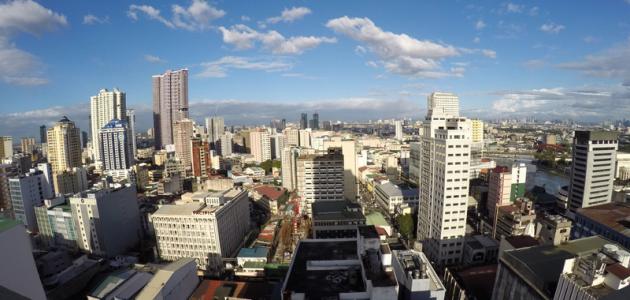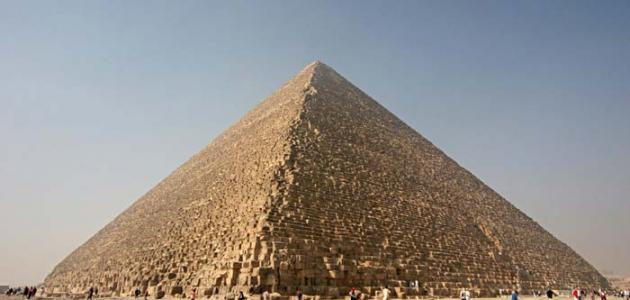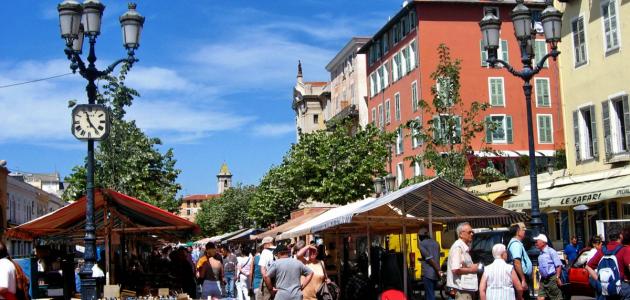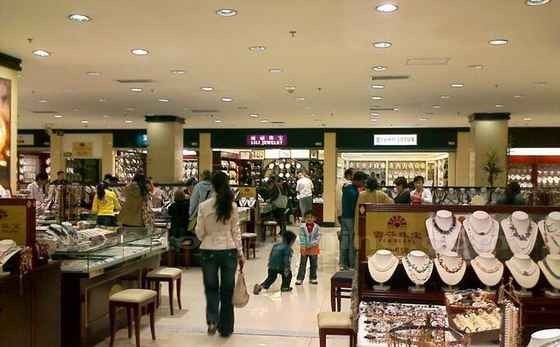Table of Contents
Persia
Persia (or the Persian Empire) is the ancient name of the State of Iran, and it includes all its geographical characteristics and its economic and social environments, and the origins of Persia belong to the immigrants who spoke in the Iranian language and arrived in those Asian lands in the year 1500 BC, as it is indicated that they belong to the Caucasian tribes That deported to the Iranian plateau, and after its arrival in those areas was keen to interact and mix with the peoples that were present in it.
The name Persia has been transformed
Persia was known by this name until the year 1935 AD, when Shah Reza Pahlavi decided to transform her name into the Kingdom of Iran. As for the origins of the word Iran, it is derived from Arya, according to the Aryans, who reached the western side of Persia around the year 2000 BC, coinciding with the period of the Assyrian rule that contributed to the establishment of the Persian Empire.
Features of Persia
The ancient features of Persia extended to include lands larger and wider than the lands covered by Iran at the present time, as it included a group of peoples, regions and many countries, as they reached the Egyptian lands. The name Faris continued to be used to refer to the land on which Iran is currently located until 1979 AD, as the name Iran became the most used around the world.
The geographical area of Persia (Iran) is large because of its coverage of many geographical terrain, it contains two series of important mountains, namely the Alborz Mountains located in the northern side of the state, and that extends from the northwestern side of the Caucasus to the eastern side at Khorasan and the Zagros Mountains It extends from the western side of the state to the southeastern side, and Persia also contains large desert areas, which are the deserts of Lot and Koir, which are located on the eastern side of the state, and they are not livable.
A brief history of the founding of Persia
The founding of Persia dates back to its founder, King Cyrus II (Cyrus II), where he occupied the capital of the Medes, known as Ikbetana, and completely controlled the field empire, and his conquest of Media was the first step towards its founding of Persia, and he fought a series of other wars in which he relied on Create alliances with various rulers and kings.
After King Cyrus’ reign ended his son Campesus II ruled Persia and annexed it to Egypt, but some outbreaks of problems and conflicts led to his killing, to take over the rule after that Darius I who managed to regain control of the Persian Empire, and was keen to divide it into about 20 provinces, each one contributed Including in the development of Persia. Darius’ ideas led to the provision of appropriate protection of public money through his dependence on taxes he used in the process of building marine weapons, supporting overheads, providing funds for road construction operations, mining for mining, and support for watering and other irrigation activities.
Darius was keen during the time period between the years 486 and 522 BC to extend a group of roads in the lands of Persia, and reached a length of about 3200 km; in order to enhance communication and link between the places of the Persian Empire by relying on men and horses to convey messages, and carry documents Among the provinces, this idea contributed to the rapid arrival of messages, and the Aramaic language was used to write all messages transmitted between the regions; it is a language belonging to one of the Syrian tribes and witnessed a remarkable spread in Assyria and Babylon, which contributed to its arrival in many other places.
Darius was interested in building an administrative environment for Persia, and chose the Zoroastrian religion to be the official religion of the state, as he was keen on establishing the Achaemenid dynasty, and in the year 521 BC he moved the capital of the Persian Empire to the city of Susa, and was keen to build a palace and a hall for people. And with the passage of time – specifically during the period of the sixth century BC – Persia became famous for the spread of the carpet making craft, and the single carpet became an artistic work, and a masterpiece owned by individuals who lived on the land of the western Asian plateau, extending from the Turkish lands through Iranian lands.
Architecture in Persia
Persia was distinguished by the quality of its architecture, and it was influenced by a number of basic factors, theoretical aspects, and the following provides information on each of them:
The main factors
Factors affecting the architecture of Persia include:
- Human factors: Are the factors related to the ritual sanctification of the forces and components of the nature surrounding them, such as water, fire, and the sun, and there was no interest in the Persians in building architecture of a religious nature. Reaching it using a staircase. As for the real development in Persian architecture, it depended on the architecture of royal palaces.
- Environmental factors: The factors related to the nature and climate of Persia, which influenced the quality and design of its architecture, because the winter is very cold, and the summer is very hot; therefore the Persians were keen to create buildings that are appropriate to these climatic conditions.
- Technical factors: They are factors related to industry. The Persians did not show any interest in the field of industry, and their industrial interest was dependent on the handcraft.
Theoretical aspects
The architecture of Persia has several theoretical aspects, the most important of which are:
- Function: It is what distinguishes Persian architecture from other types of other architecture, for example, the large palaces that are distinguished from the palaces of the civilization of Mesopotamia were built, so the Persian palace contained a group of elements and components that contribute to its use as a place of residence, in conjunction with its use as a place of governance.
- Durability: This is through the use of Persian architecture for materials of a strong nature, such as the stones that contributed to the survival of its relics.







